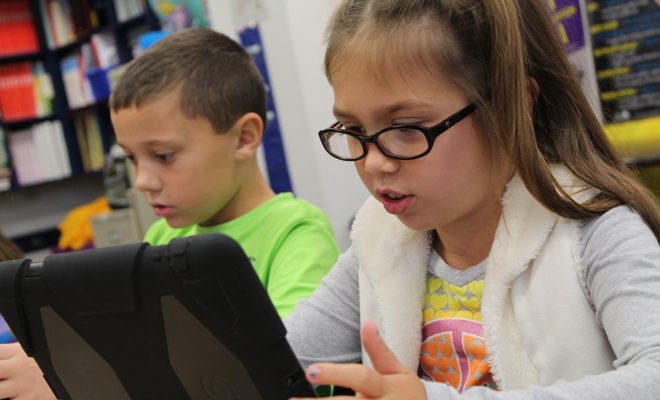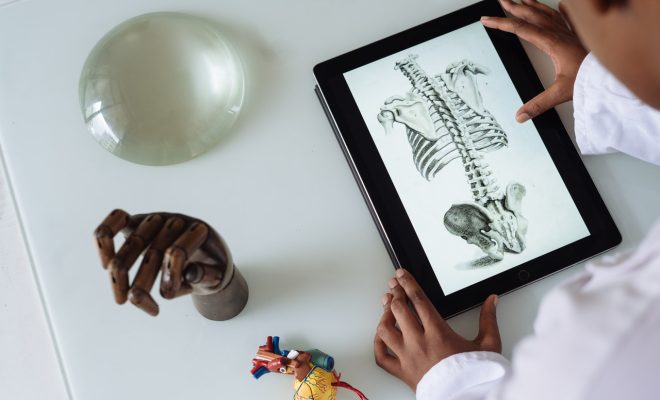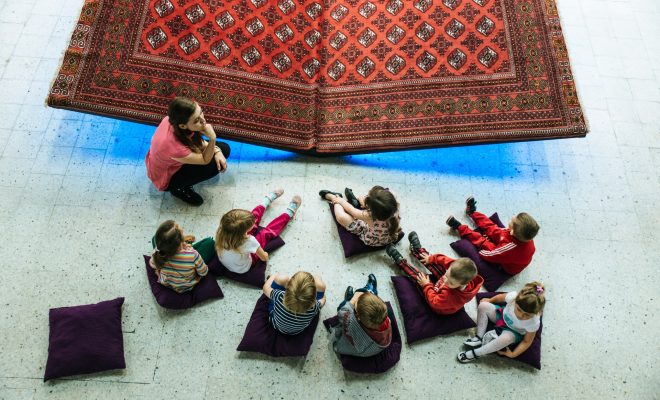The Role Of Assimilation In Everyday Routines

When discussing assimilation, most people think of immigrants assimilating and adopting a new culture. However, it is a much broader term that involves general adoption and comprehension of new information with the information we already have.
According to psychologists, assimilation is strictly personally affected by our previous beliefs. It is greatly determined by one’s ability to process new ideas. It is mostly present during early childhood, as that is when most things are completely new to us.
However, this is not where it ends – it continues throughout our lifetime, as we make corrections or integrate newly learned facts into existing concepts.
Does It Differ From Accommodation?
Much like assimilation, accommodation is a part of the learning process. Still, the main difference is that it leads us to transform a previous belief completely. On the other hand, when you perceive new information through assimilation, you will adapt and make sense of it using what you already know.
For example, if the college friend you had a great relationship with before suddenly starts ignoring you, there are two outcomes.
Accommodation would lead you to believe that you might have done something wrong or that your relationship wasn’t that honest in the first place. On the other hand, perceiving this situation through assimilation would lead you to think that they might be having a bad few days, given the fact that they enjoyed communicating with you before that.
Educational Examples Of Assimilation
Present on an everyday basis, assimilation can affect your studying experience. Those of you looking to become programmers are quite familiar with incorporating a new programming language into what you already know.
Both Python and C++ are made with the same basic idea of creating software. However, the structure behind them is different, and it takes some time to incorporate new knowledge with your existing knowledge.
The same goes for preschoolers who learn about animals and have a tough time distinguishing a horse from a cow. Given that both animals are four-legged, the child needs to assimilate and accept different species with similar body structures.
Achieving a Balance
According to experts, such as Piaget, who have thoroughly reviewed the role of assimilation in everyday routines, the most effective learning method is to use both accommodation and assimilation. By doing this, the child, student, or adult will make sense of the new information while making room for adjusting their behavior accordingly without contradicting existing ideas.
Concluding Thoughts
Present in all stages of development and essential for acquiring new knowledge, assimilation and accommodation are interconnected. While the difference between these is clear, educating yourself on how to strike the right balance goes a long way to efficient learning.






